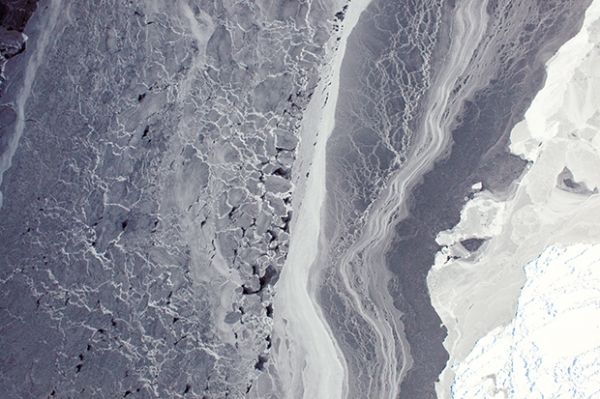As it does in the Arctic, the surface of the ocean around Antarctica freezes over in the winter and melts back each summer. Antarctic sea ice usually reaches its annual maximum extent in mid- to late September, and reaches its annual minimum in late February or early March. The start of 2019 brought the lowest Antarctic sea ice extent on record for that time of year, but although the 2019 minimum extent (on February 28, 2019) was well below the 1981–2010 climatological average, it was not a record low.
The timing of the seasonal cycles isn’t the only way that Antarctic sea ice differs from the Arctic. One key difference is the larger range between austral winter maximum extent and summer minimum extent. Antarctic sea ice extends to about 7 million square miles in winter, versus 6 million square miles in the Arctic; the Antarctic summer minimum is about 1 million square miles versus 2.5 million square miles for the Arctic.
The differences in seasonal extremes are due to basic geography. The Arctic is an ocean basin largely surrounded by land. Sea ice forms over the North Pole itself—the hemisphere’s highest, coldest latitudes—but its expansion is checked by Eurasia, North America, and Greenland. The Antarctic is a continent surrounded by a vast ocean. Sea ice can expand freely across the Southern Ocean in winter, but it can get no closer to the South Pole than the Antarctic coastline will allow.
Continue reading at NOAA.
Image via NOAA.


